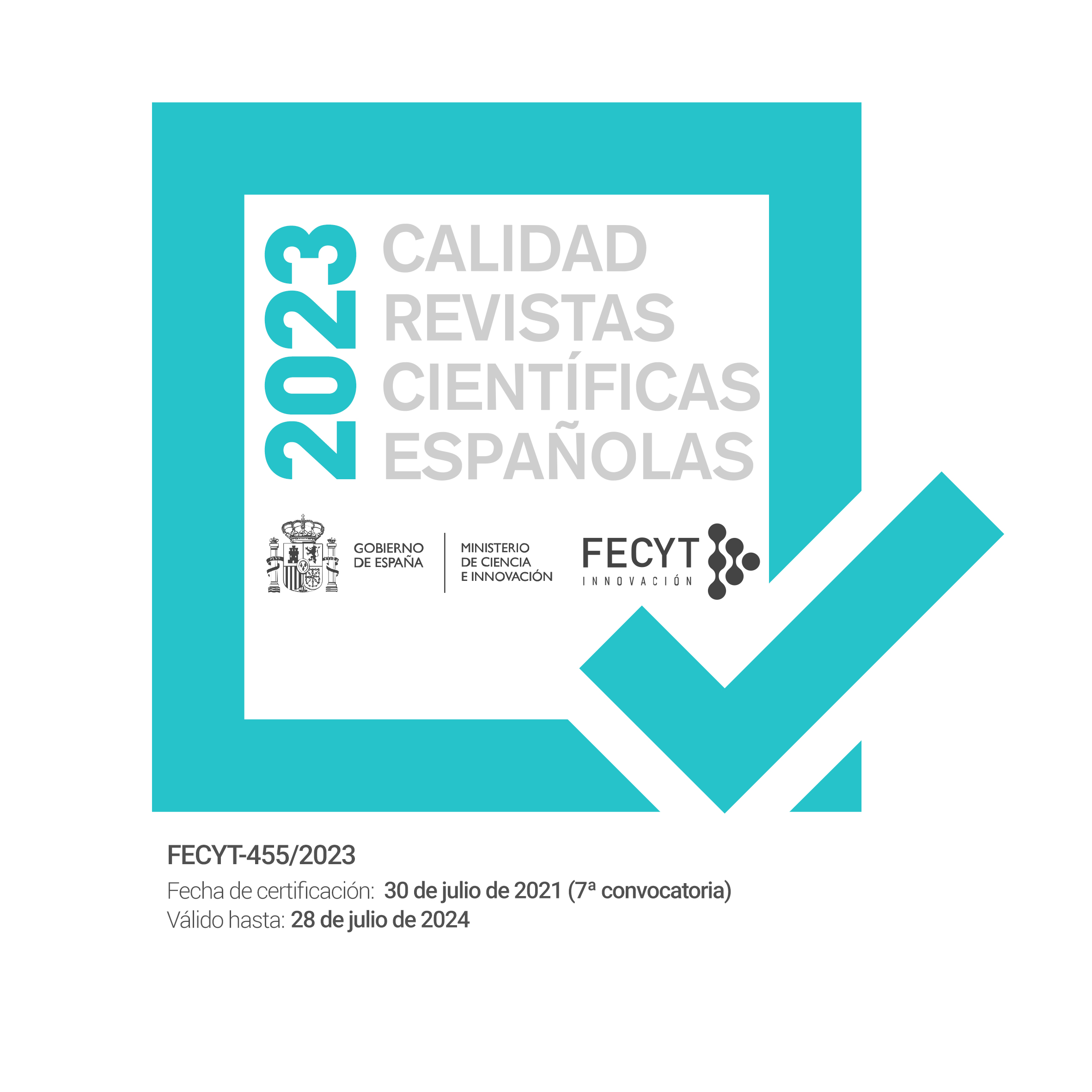Переводимость Чехова с точки зрения глагольного вида (на основе венгерского и французского переводов пьесы «Три сестры»)
DOI:
https://doi.org/10.30827/cre.v3i0.1893Keywords:
ситуативно-актуализированная речь, видовые значения, видовой «недоперевод», видовой «сверхперевод»Abstract
The article deals with the aspectual meanings of Russian verbs and their translation into Hungarian and French. The interest of this work is to compare languages which belong to different language families, as their aspect-tense systems are completely different. I will try to answer the following questions: Does the same verbal aspect remain in the case of translation into an unrelated language?; In which cases and in which languages are certain types of aspectual meaning not translatable? I refer to examples in which the perfective aspect in one language becomes imperfective in another and vice versa in the case of the same action. Using induction, I will proceed from what is called “real usage” of the aspect ‒ and not from “abstracted aspectual meanings”‒ and try to explain the selection of one or the other aspect when translating Russian verbs into Hungarian and French.












